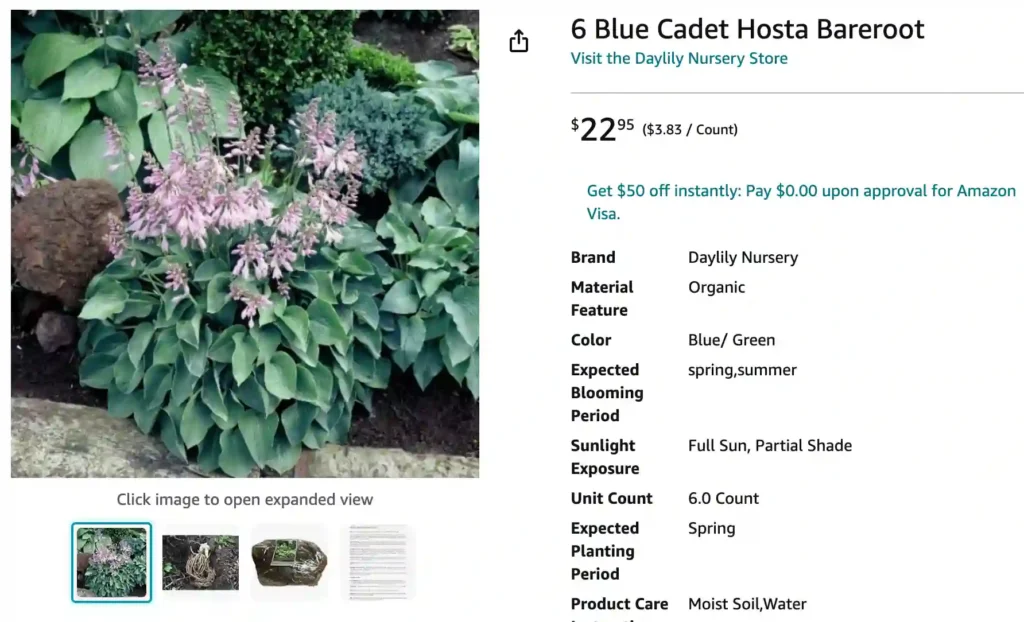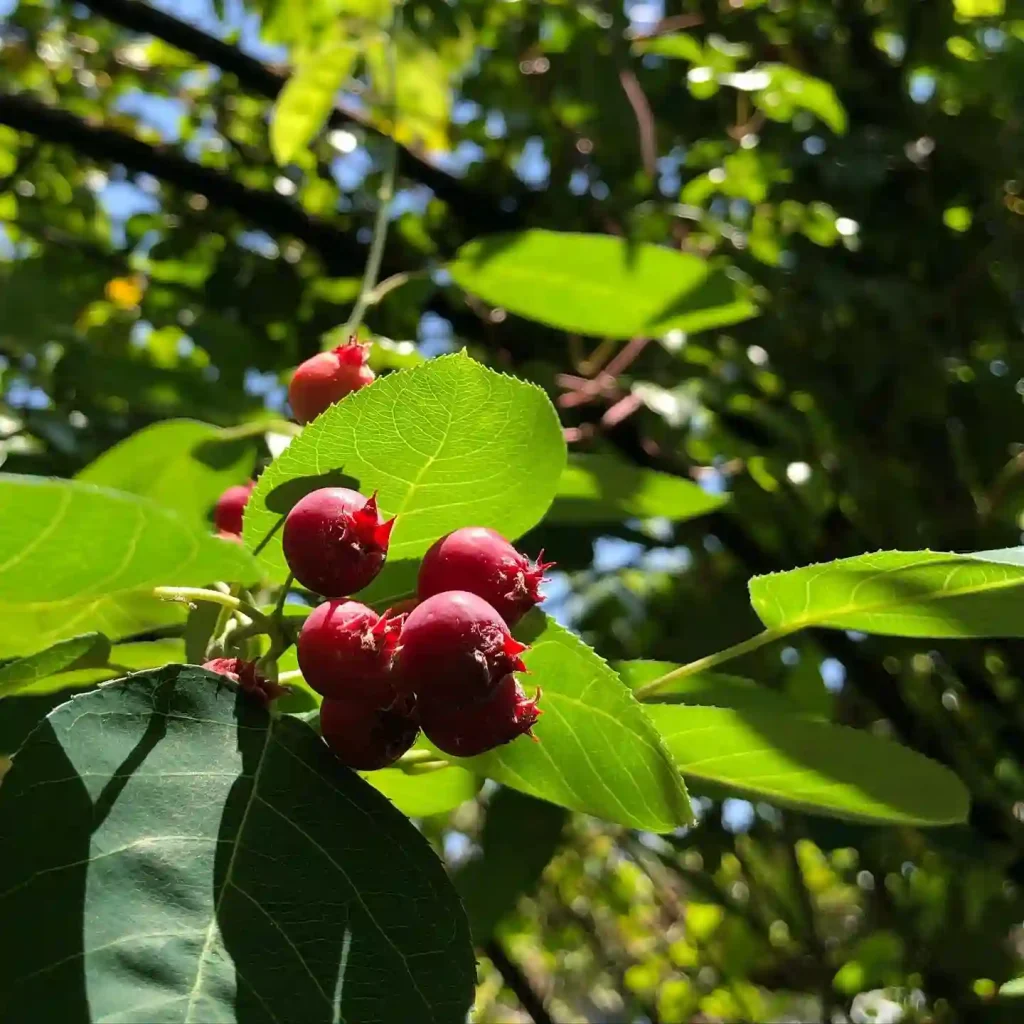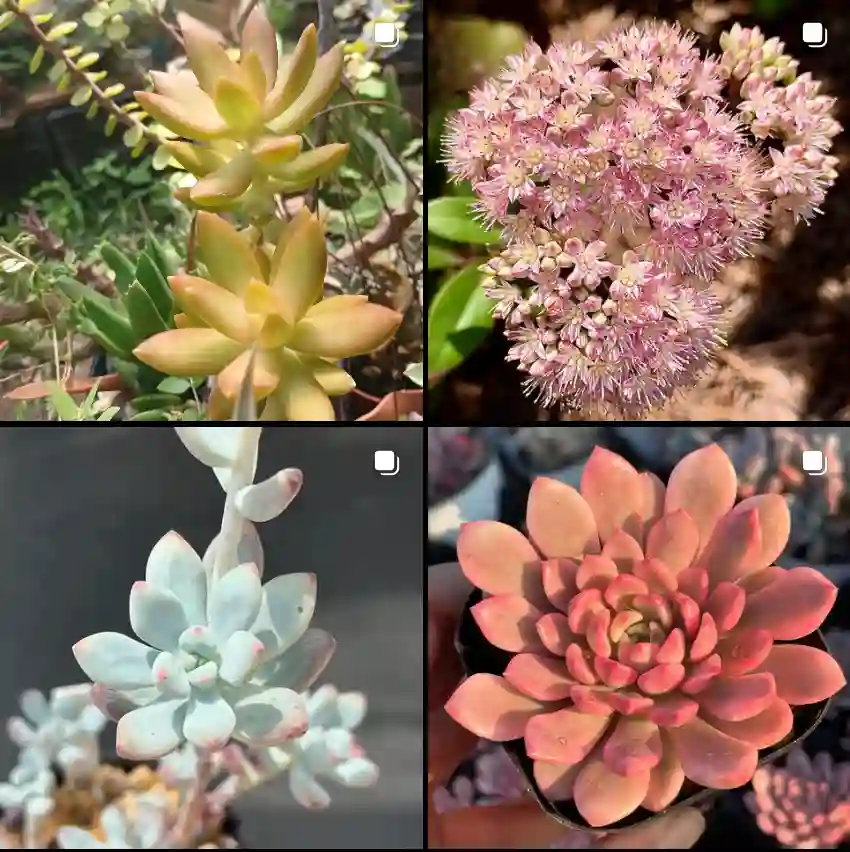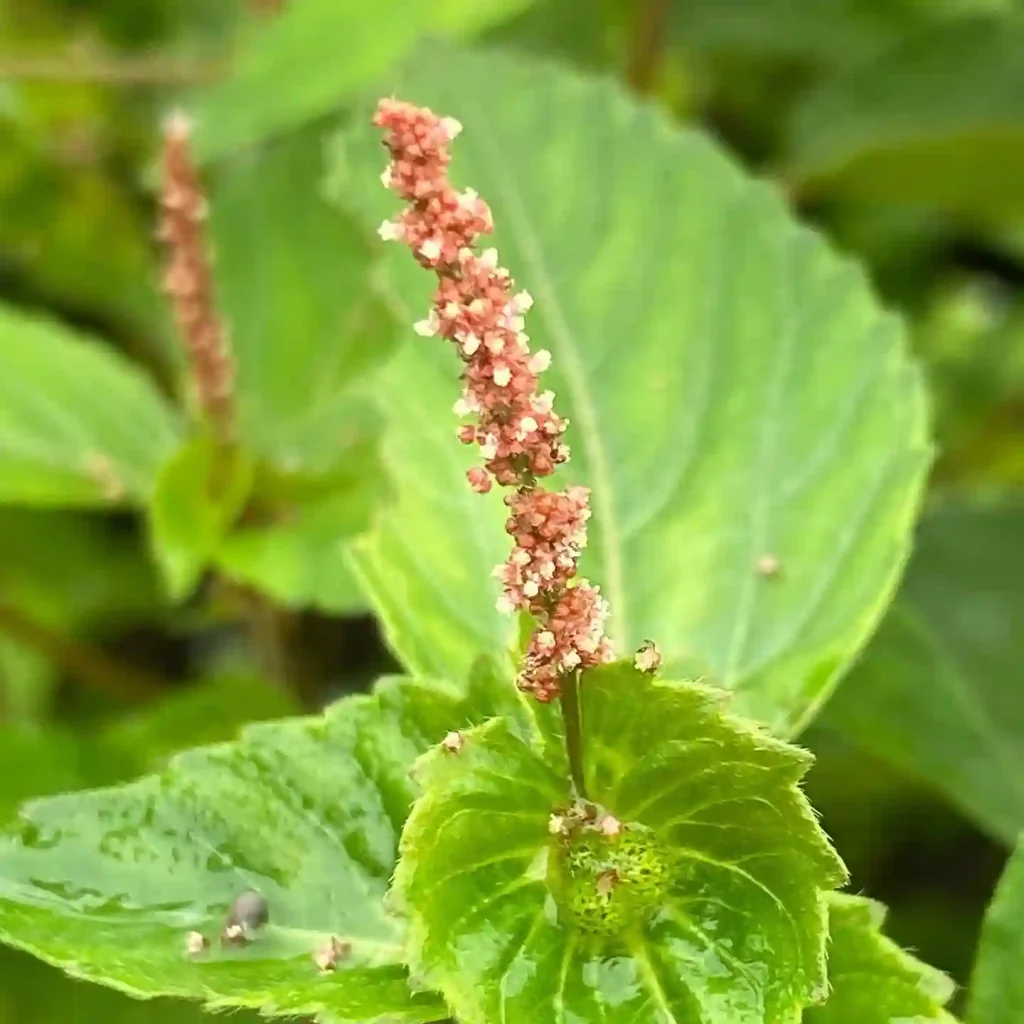
Hosta Blue Cadet: Answering Your Questions
I’m Ferb Vu, and I’ve been a hosta enthusiast for years. The Hosta Blue Cadet, with its striking blue-gray foliage, is a popular choice for gardeners. Today, I’ll answer some of the most common questions I get about this lovely plant.
31 Species in Genus Hosta
What is a Hosta Blue Cadet?
The Hosta Blue Cadet is a small to medium-sized perennial prized for its ornamental foliage. It boasts heart-shaped, blue-gray leaves with a distinctive puckered texture. Standing at 12-16 inches tall with a spread of up to 36 inches at maturity, it forms a neat clump, making it ideal for borders, containers, or as a groundcover. In summer, dainty lavender flowers rise above the foliage, adding a touch of elegance.
How do I care for my Hosta Blue Cadet?
The Hosta Blue Cadet is a low-maintenance plant, perfect for beginners. Here’s what you need to know:
- Light: It thrives in partial shade to full shade. Avoid harsh afternoon sun, which can scorch the leaves.
- Soil: Prefers moist, well-drained soil rich in organic matter. Amend clay soil with compost or sand for better drainage.
- Watering: Water regularly, especially during hot and dry periods. Aim to keep the soil consistently moist but not soggy.
- Fertilizer: Apply a balanced fertilizer once in spring. You can also add a layer of compost around the base of the plant for sustained nutrition.
- Dividing: The Hosta Blue Cadet can be divided every 3-5 years in spring or fall to create new plants.
Is the Hosta Blue Cadet deer resistant?
Good news! The Hosta Blue Cadet, with its slightly bitter foliage, is generally deer resistant. This makes it a great choice for gardens prone to deer problems.
Does the Hosta Blue Cadet change color?
The blue-gray color of the Hosta Blue Cadet may become greener in full shade. However, the unique puckered texture and heart-shaped form remain. If you desire a more vibrant blue hue, consider planting it in dappled shade where it receives some morning sun.
How fast does the Hosta Blue Cadet grow?
The Hosta Blue Cadet is a slow grower initially. However, once established, it becomes a vigorous grower, forming a nice clump over time.
What are some good companion plants for the Hosta Blue Cadet?
The Hosta Blue Cadet pairs well with a variety of shade-loving plants. Here are a few ideas:
- Ferns: Ferns like the Japanese Painted Fern (Athyrium niponicum) or Maidenhair Fern (Adiantum spp.) add a delicate touch and complement the textural interest of the Hosta.
- Heuchera (Coral Bells): Heuchera comes in a wide range of colors and foliage textures, providing a vibrant contrast to the cool blue of the Hosta.
- Hakonechloa macra (Japanese Hakone Grass): This ornamental grass adds a cascading element and provides textural contrast.
- Hostas with contrasting foliage: Variegated Hostas like ‘June‘ or ‘Francee‘ create a stunning color combination next to the blue-gray Hosta Blue Cadet.
How is the Hosta Blue Cadet different from other Hostas?
There are hundreds of Hosta varieties, each with unique characteristics. Here’s how the Hosta Blue Cadet stands out:
- Size: It’s a compact to medium-sized Hosta, making it ideal for smaller gardens.
- Foliage Color: The blue-gray hue with a puckered texture is a distinctive feature.
- Slug Resistance: The slightly tougher texture of the leaves makes it somewhat less palatable to slugs compared to some other Hostas.
Where can I buy a Hosta Blue Cadet?
Many online nurseries and garden centers stock the Hosta Blue Cadet. Look for reputable sellers who offer healthy plants.
Conclusion
The Hosta Blue Cadet is a versatile and easy-to-care-for perennial that adds a touch of elegance to any shade garden. With its attractive foliage and low-maintenance needs, it’s a perfect choice for gardeners of all levels. So why not add this beauty to your garden and enjoy its charm for years to come?
If i die, water my plants!



